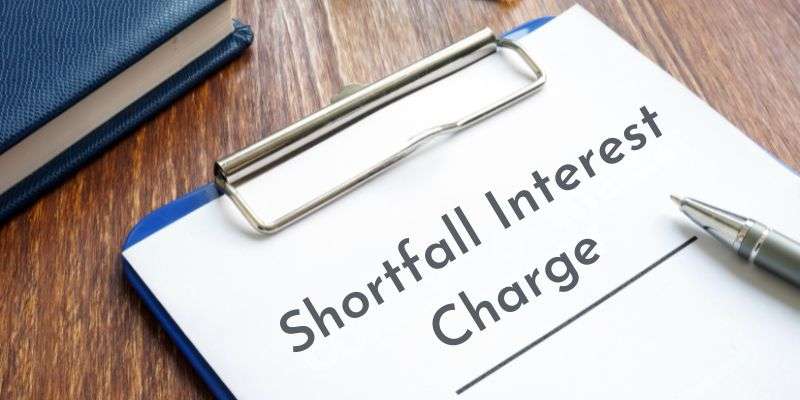
In the realm of financial transactions and loan agreements, there exists a crucial concept known as the shortfall interest charge. This term refers to an additional interest amount that borrowers might incur under specific circumstances, primarily when they fail to meet their minimum payment obligations promptly. Understanding the nuances of this charge is vital for borrowers to navigate their financial responsibilities effectively.
What is a Shortfall Interest Charge?
The shortfall interest charge is essentially a penalty interest imposed on borrowers who don’t satisfy their repayment commitments on schedule or in full. It arises when borrowers make partial payments or miss payments, by and large, resulting in a hole or shortfall between the genuine payment and the scheduled payment amount.
How Shortfall Interest Charge Works
At the point when borrowers neglect to meet their minimum payment obligations, they make a shortfall in the repayment schedule framed in their loan understanding. Lenders then apply a shortfall interest charge to compensate for the postponement or partial payment. This charge is normally calculated based on the outstanding amount that was not paid on schedule.
Shortfall Interest Charge vs. Regular Interest
It’s pivotal to separate between the shortfall interest charge and regular interest. Regular interest is the standard interest charged on the chief amount acquired, calculated based on the settled-upon interest rate and the outstanding loan balance. On the other hand, the shortfall interest charge is an additional penalty specifically applied when borrowers neglect to comply with payment time constraints.
Examples of Shortfall Interest Charges
Let us consider an example to further illustrate this concept. Suppose the borrower makes monthly loan payments of $1,000, due on the first day of each month. If the borrower pays only $800 on the due date, a $200 deficiency is created. Lenders can then add deficit interest to this $200 until it is paid in full, usually at a higher rate than the regular rate.
Impact on Borrowers
The shortfall interest charge can have several ramifications for borrowers. Firstly, it increases the general cost of borrowing, as borrowers wind up paying more in interest due to delays or partial payments. Secondly, it can result in financial penalties or late fees, further adding to the financial weight. Additionally, rehashed instances of shortfall interest charges can adversely impact credit scores, influencing future borrowing opportunities.
Tips to Avoid Shortfall Interest Charges
To avoid causing shortfall interest charges, borrowers should focus on gathering their minimum payment obligations on schedule and in full. Setting up automatic payments or reminders can assist with ensuring opportune payments and forestall unnecessary penalties. It’s also advisable for borrowers to speak with their lenders proactively on the off chance that they expect difficulties in making payments, as lenders might offer alternatives or accommodations.
Importance of Understanding Shortfall Interest Charge

Understanding the implications of the shortfall interest charge is urgent for borrowers to settle on informed financial choices. By monitoring this concept, borrowers can design their repayment strategies all the more really, limit additional costs, and keep a positive credit standing.
Conclusion
In conclusion, the shortfall interest charge is a significant consideration for borrowers in loan agreements. It represents an additional cost caused by not meeting payment obligations on time, emphasizing the importance of financial responsibility and awareness. By grasping this concept and implementing proactive payment strategies, borrowers can explore their financial commitments more effectively and mitigate potential penalties.
For more insights into effective financial planning strategies for 2024, explore our comprehensive guide on HOW TO SET AND ACHIEVE FINANCIAL GOALS IN 2024?
